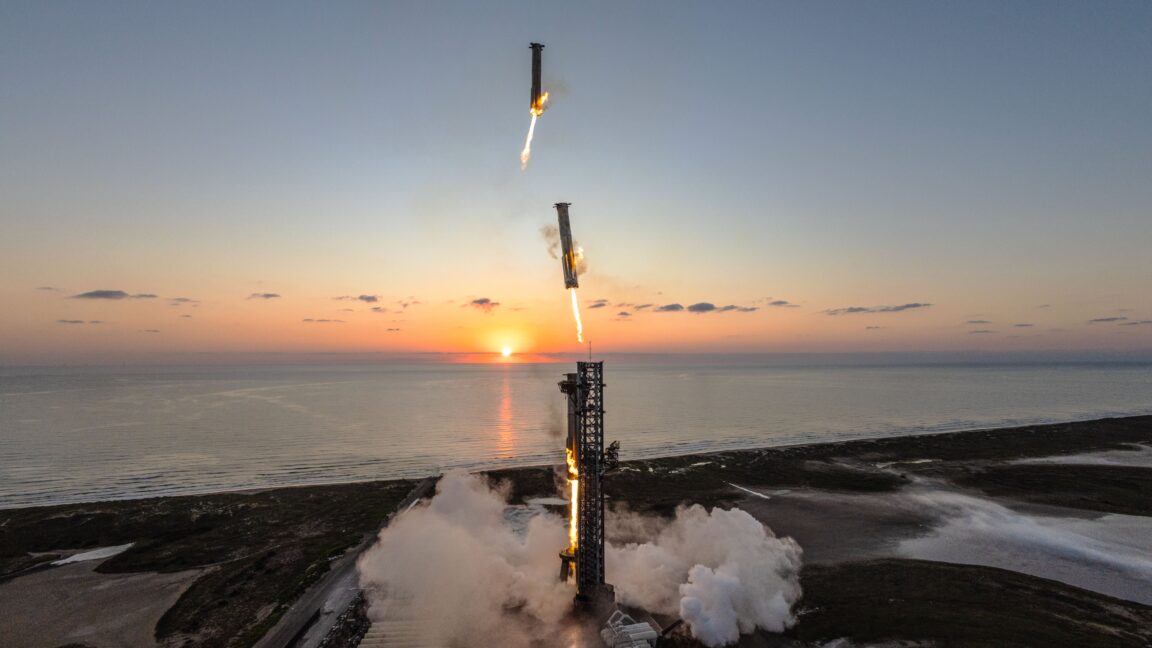The stupefying and stupendous capture of a Starship rocket earlier this month by two mechanical arms marked a significant step forward in SpaceX’s efforts to forever alter humanity’s relationship with the heavens.
Yet as remarkable as the rocket catch was, it represents but a single step on a long path. SpaceX seeks to make launch cheap, frequent, and reliable with Starship, and the company is working toward a day when rockets are routinely caught by the launch tower, set back on a launch mount, refueled, and flown again within hours. SpaceX says these efforts will one day culminate in Starships landing on the Moon and Mars.
Critics of the Starship architecture say it is inefficient because of the mass refueling that must occur in low-Earth orbit for the spacecraft to travel anywhere. For example, fully topping off a Starship that can land humans on the Moon and return them to lunar orbit may take a dozen or more tanker flights. But this only seems stupidly impractical under the old space paradigm, in which launch is expensive, scarce, and unreliable. Such criticism seems less salient if we imagine SpaceX reaching the point of launching a dozen Starships a week or more in a few years.




